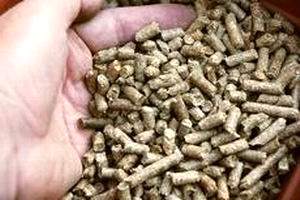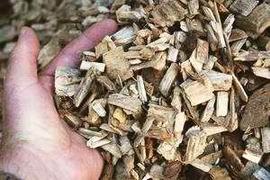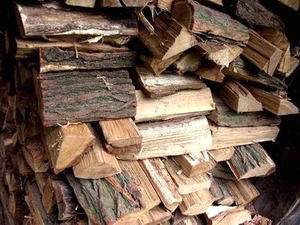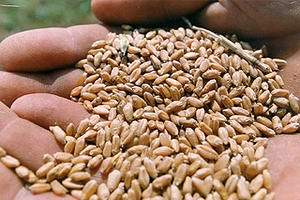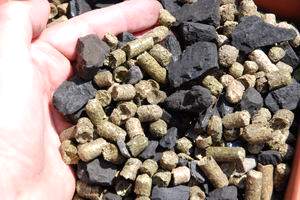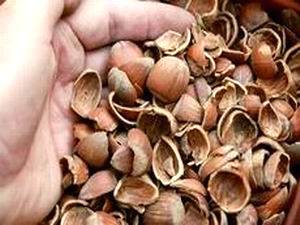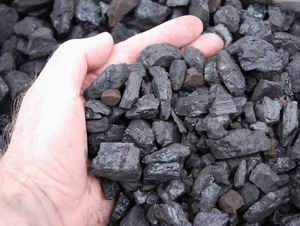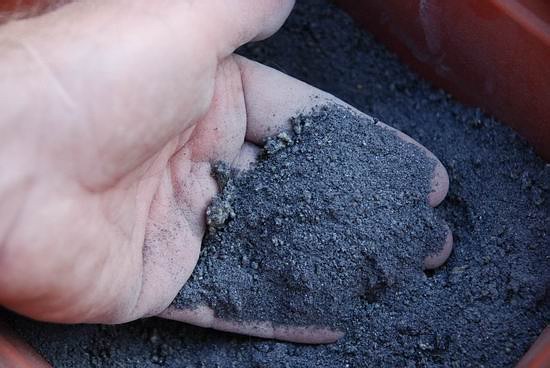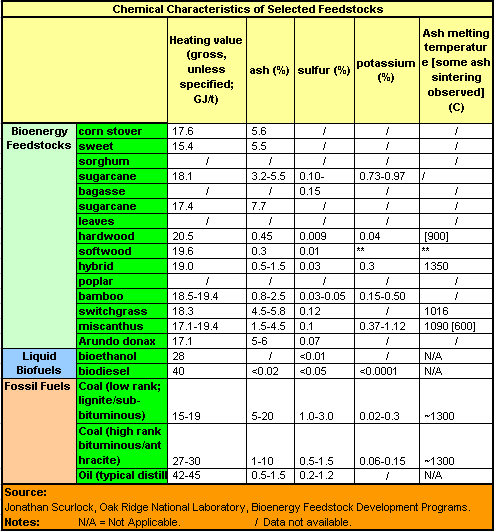

Biomass and solid fuels
Biomass
boilers
For
warm water
- BIO
Automated, pellet, wood chips,
- Farmer
Automated, pellet,wood chips,
wood logs, multifuel
- Automat
Self-loading, automated, pellet, wood chips, multifuel
- Low pressure steam (0,5bar) automated boilers for biomass, pellet, wood chips, multifuel
- Automated brown coal boilers
For warm water or low pressure steam
- Feedlan
control
Solid-fuel handling system
- Moving
floor
Automated solid-fuel store
- Fuel
stores
For solid-fuel
- Augers
- Loader spoon
- Ash
removing
| The fuel spectrum for the CARBOROBOT boilers | ||||||||||||||||||||||||||||||||||||||||||||||||||||||||||||||||||||||||||||||||||||
|
The CARBOROBOT is a multifuel technique boiler with a wide fuel spectrum, from the different quality biomass materials to the fossile coal to . Renewable biofuels (biomass)
use is usually in the form of combustible solids, either wood,
the biogenic portion of municipal solid waste or combustible field
crops. Field crops may be grown specifically for combustion or
may be used for other purposes, and the processed plant waste
then used for combustion. Fossil fuel is a fuel formed from the remains of organic materials. Fossil fuels include coal, oil, and natural gas. Major traded forms of solid biofuels
The CARBOROBOT
boilers work with diferent fuel groups -- this is the fuel spectrum
of the boilers. The autonomous
working period depend on the fuel quality. |
||||||||||||||||||||||||||||||||||||||||||||||||||||||||||||||||||||||||||||||||||||
Wood pellet, Agripellet |
|
|
The pellet is biomass renewable material. The term pelletting means the compressing of agricultural and forestry materials. Pellets are compressed products manufactured on circular cell roller presses, ranging from 6 to 25 millimetres in size. More condensed pellets used for heating range from 6 and 12 millimetres in size. |
|
| Further informations Pellet | |
Wood chips |
|
|
Wood chip fuel is increasingly seen as an important element in reducing our CO2 emissions. Wood provides the greatest amount of renewable energy across Europe, though this is over looked as most is used in small heating projects. The wood chip good for the fuel mixing. |
|
| Further informations Wood chip | |
Firewood |
|
|
Wood is now recognised as good value, at least as
cost effective as other renewables. The traditional form of wood
fuel which can be easily stored, air dried and burnt in a wide
range of appliances from open fires to modern automated boilers. |
|
| Further informations Wood | |
Corn, grain |
|
|
The corn and many other grains, too: wheat, rice, sorghums, millets, oats, rye, barley, rye, triticale, buckwheat, fonio, cherry pits, olive pits and grains is what fuels our stoves. Fuel mixing |
|
| Further informations Corn & grain | |
Fuel mixing (Co-firing) |
|
|
The fuel mixing is the most important use direction of CARBOROBOT boilers. This special designed boilers are able to burn mixes of different biomass and fossile fuels. multi-fuel combustion. |
|
| Further informations Fuel mixing | |
Residues & waste |
|
|
Agricultural crop residues and waste are the plant parts, primarily stalks and leaves, not removed from the fields with the primary food or fiber product. Examples include corn stover (stalks, leaves, husks, and cobs); wheat straw; and rice straw. . Fuel mixing |
|
| Further informations Residues & waste | |
Coal |
|
|
Coal is fossil fuel. Coal is classified as a nonrenewable energy source because it takes millions of years to form. Coal is cheap and high energy dense fuel. In CARBOROBOT may use alone or ideal carrier for the biomass co-firing in mixes. The coal industry has found several ways to reduce sulfur, nitrogen oxides, and other impurities from coal. They have found more effective ways of cleaning coal before it leaves the mine, and coal companies look for low-sulfur coal to mne. |
|
| Further informations Coal | |
The ash melting |
|
|
Straw contain potassium and sodium compounds. These alkali compounds are present in all annual crops and crop residues in particular. During combustion, alkali combines with silica and causes slagging and fouling problems in conventional combustion equipment designed for burning wood at higher temperatures. Volatile alkali also lowers the fusion temperature of ash: in conventional combustion equipment having furnace gas exit temperatures above 800°C, combustion of agricultural residue causes slagging. |
|
| Further informations Ash | |
| Fuel characteristics and autonomy of the boiler |
| Conversion factors | |
|
This is a quick-reference list of conversion factors used by the BIOenergy Feedstock Development Programs at ORNL. It was compiled from a wide range of sources, and is designed to be concise and convenient rather than all-inclusive. Most conversion factors and data are given to only 3 significant figures. Users are encouraged to consult other original sources for independent verification of these numbers. The following are links to Web sites we have found useful (many universities worldwide maintain good guid+es and conversion calculator pages):
Energy contents are expressed here as Lower Heating Value (LHV) unless otherwise stated (this is closest to the actual energy yield in most cases). Higher Heating Value (HHV, including condensation of combustion products) is greater by between 5% (in the case of coal) and 10% (for natural gas), depending mainly on the hydrogen content of the fuel. For most biomass feedstocks this difference appears to be 6-7%. The appropriateness of using LHV or HHV when comparing fuels, calculating thermal efficiencies, etc. really depends upon the application. For stationary combustion where exhaust gases are cooled before discharging (e.g. power stations), HHV is more appropriate. Where no attempt is made to extract useful work from hot exhaust gases (e.g. motor vehicles), the LHV is more suitable. In practice, many European publications report LHV, whereas North American publications use HHV. Energy unitsQuantities
Power
Energy Costs
Some common units of measure
Areas and crop yields
Biomass energy
Fossil fuels
Carbon content of fossil fuels and bioenergy feedstocks
|
|
Copyright © 2023 CARBOROBOT
Contact informations tel/fax:+36-13852-862
info@carborobot.com
